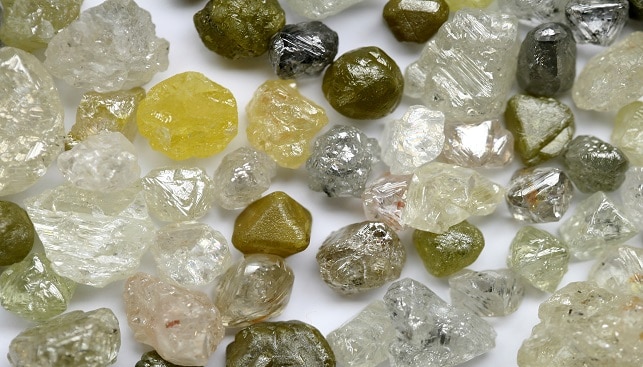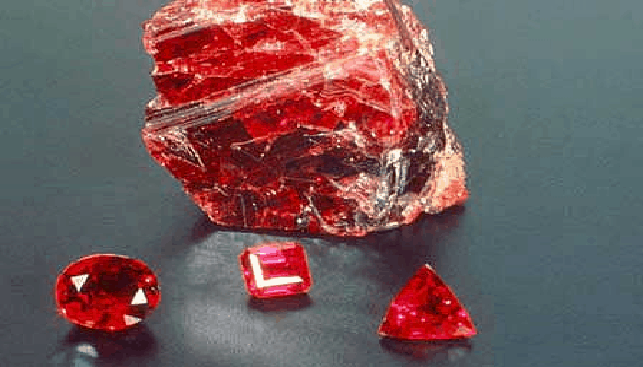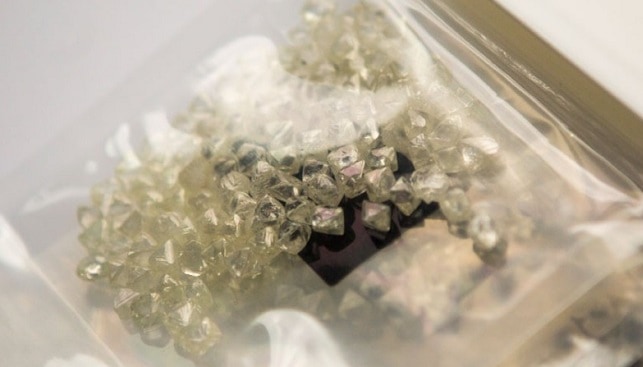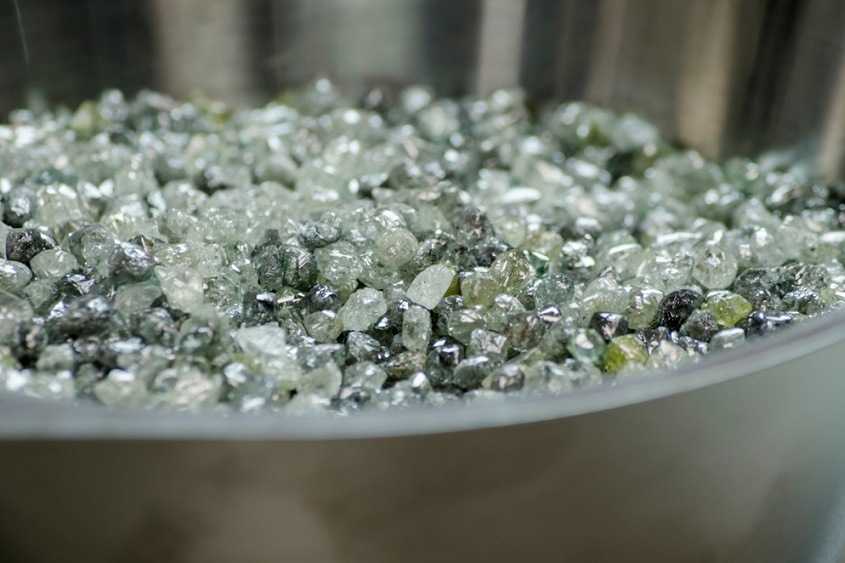The road that a small (or large, if you’re lucky) glittering stone makes from the “factory” to your favorite ring, necklace or bracelet is a fascinating one. That “factory” is, in fact, Mother Earth itself. Most natural diamonds are formed in the Earth’s mantle – the layer between the Earth’s crust and the outer core. Diamonds are formed at extremely high temperature and pressure, and they do so extremely slowly: their growth occurs over periods from one billion to over three billion years.
They are then brought closer to the Earth’s surface through extremely rare volcanic eruptions. When these occurred, and they haven’t since scientists were able to identify them, they produce rocks known as kimberlites and lamproite pipes. Here is where the story gets really interesting, since a kimberlite rock is every diamond prospector’s dream. They are the most important source of primary diamonds. It is worthwhile to mention that almost all Kimberlites have already erupted millions of years ago.
According to minning.com, about 6,400 kimberlite pipes have been discovered worldwide, 30 of which were found to contain diamonds.
Approximately one out of 200 Kimberlite volcanoes contains diamonds. In 1871, an 83.5 carat diamond was discovered near the town of Kimberley in South Africa, spawning a diamond rush and giving these volcanoes their name.














